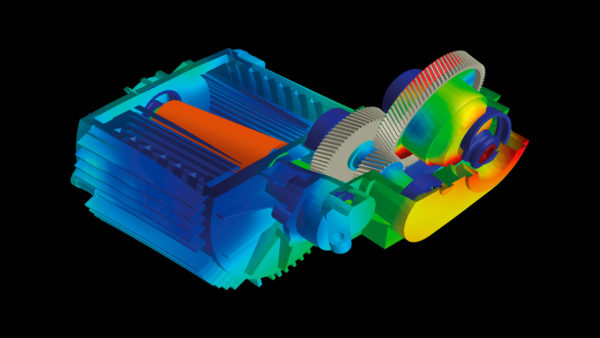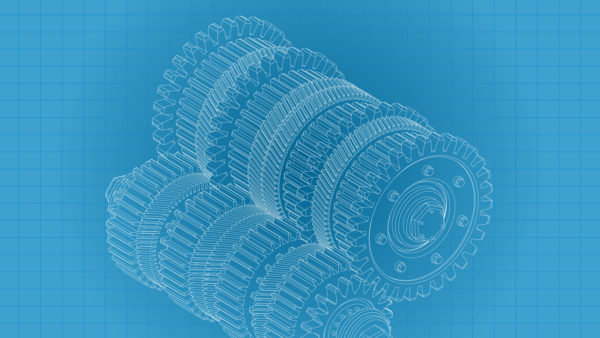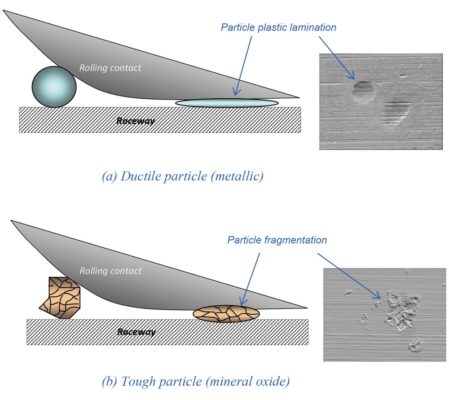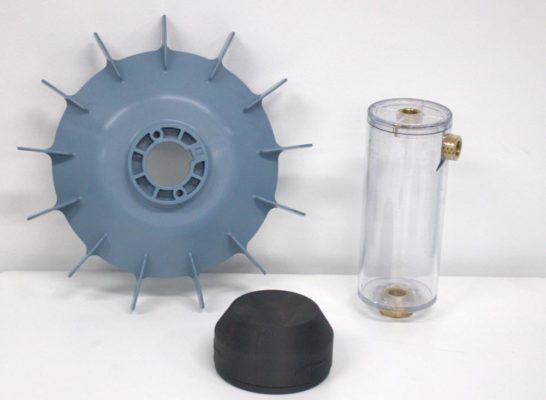Technical Articles
Flexibility in Gear Design
Load collectives in the FVA-Workbench expand design capabilities.
Spindle Bearings—Potential Damaging Mechanisms and Mitigation
Exploring contact conditions in both steel-steel and hybrid ceramic bearings
Read More















